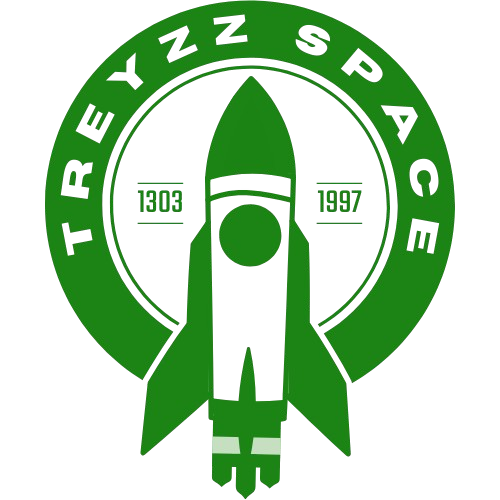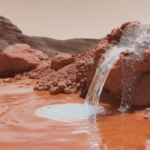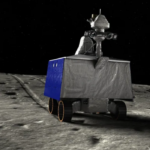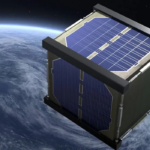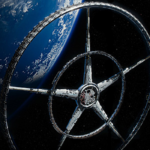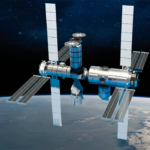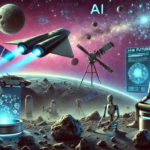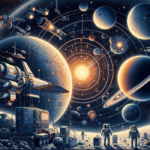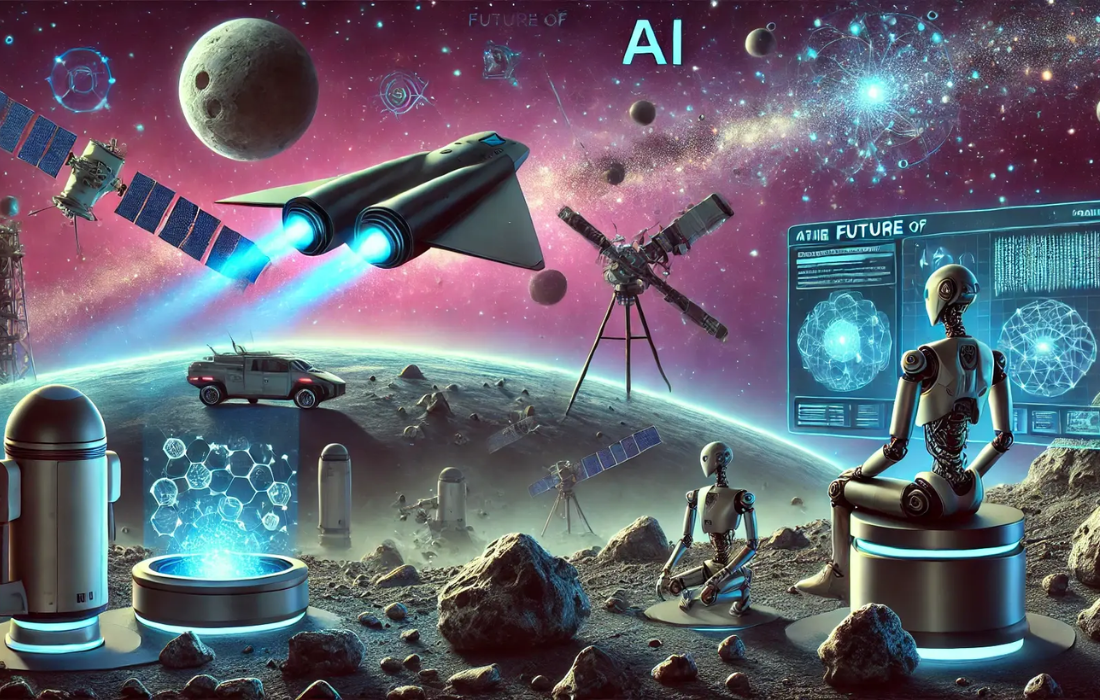Absolutely! Artificial Intelligence (AI) is becoming an essential part of space exploration. From assisting in the processing of vast amounts of data to automating spacecraft operations, AI is revolutionizing how we explore the cosmos. The advancements in AI technology are opening up new possibilities for robotic exploration of planets, moons, and other celestial bodies. With AI getting smarter, space exploration is becoming more efficient, accurate, and capable of making groundbreaking discoveries.
AI systems act as “smart assistants” in the space industry, handling tasks like analyzing scientific data, steering spacecraft, and supporting astronauts in various ways. These AI systems are designed to make decisions and learn from the information they gather, improving mission outcomes and increasing safety and efficiency in space travel. In a sense, AI is our trusty “space helper,” enabling robots and machines to explore the unknown on our behalf.
AI in Space Exploration: Global Market Outlook
The role of AI in space exploration is growing rapidly, with the global AI in space exploration market valued at $2.5 billion in 2022. This market is expected to expand dramatically, reaching $11.7 billion by 2028, reflecting the increasing integration of AI technologies in space missions.
Remarkable Projects Driving AI Automation in Space Industry
Several remarkable projects are leading the charge in using AI to enhance space exploration. These AI-driven innovations are pushing the boundaries of space research and technology:
- ISRO’s Chandrayaan-3:
The Chandrayaan-3 mission by India’s Indian Space Research Organisation (ISRO) is a prime example of how AI is transforming space exploration. The mission features the Vikram Lander and Pragyan Rover, both powered by AI. Pragyan uses AI to navigate the complex lunar terrain, study soil, detect obstacles, and send valuable data back to Earth. This AI-driven rover has the potential to uncover more about the Moon’s surface, atmosphere, and potential water reserves, further advancing lunar exploration. - NASA’s AI Exploration Initiative:
NASA has launched the AI Center of Excellence (AI CoE) to explore and advance the use of AI in space exploration. The initiative, which began in 2020, focuses on enhancing spacecraft autonomy, improving data analysis, and enabling smarter mission planning and execution. NASA’s goal is to develop AI systems that can assist in mission control, make real-time decisions, and help spacecraft and robots function autonomously in space environments. - Crew Interactive Mobile Companion (CIMON):
Developed by Airbus in collaboration with IBM Watson, the CIMON is an AI-powered robotic assistant aboard the International Space Station (ISS). CIMON is designed to interact with astronauts, helping them with tasks, offering procedural information, and providing companionship during long space missions. Its spherical design, equipped with cameras and microphones, allows it to understand and respond to astronaut commands, playing a key role in both daily operations and enhancing crew well-being. - Advanced Research in Telecommunications Systems (ARTES):
Led by the European Space Agency (ESA), the ARTES program aims to push the boundaries of satellite telecommunications using AI. ARTES supports research, development, and demonstrations of next-generation communication systems and services for satellites. These technologies are crucial for improving satellite communication efficiency, reliability, and flexibility, enhancing connectivity in space and enabling more advanced space missions.
Conclusion
The integration of AI in space exploration is expanding rapidly and is set to transform the way humanity explores the cosmos. From autonomous rovers on the Moon to AI-driven assistants on the ISS, AI is proving to be a valuable tool for pushing the boundaries of human knowledge and capability in space. The growing market and ongoing projects demonstrate how AI is paving the way for a future where space exploration is more efficient, sustainable, and automated than ever before. As AI continues to evolve, we can expect even greater advancements in our ability to explore the farthest reaches of space.
